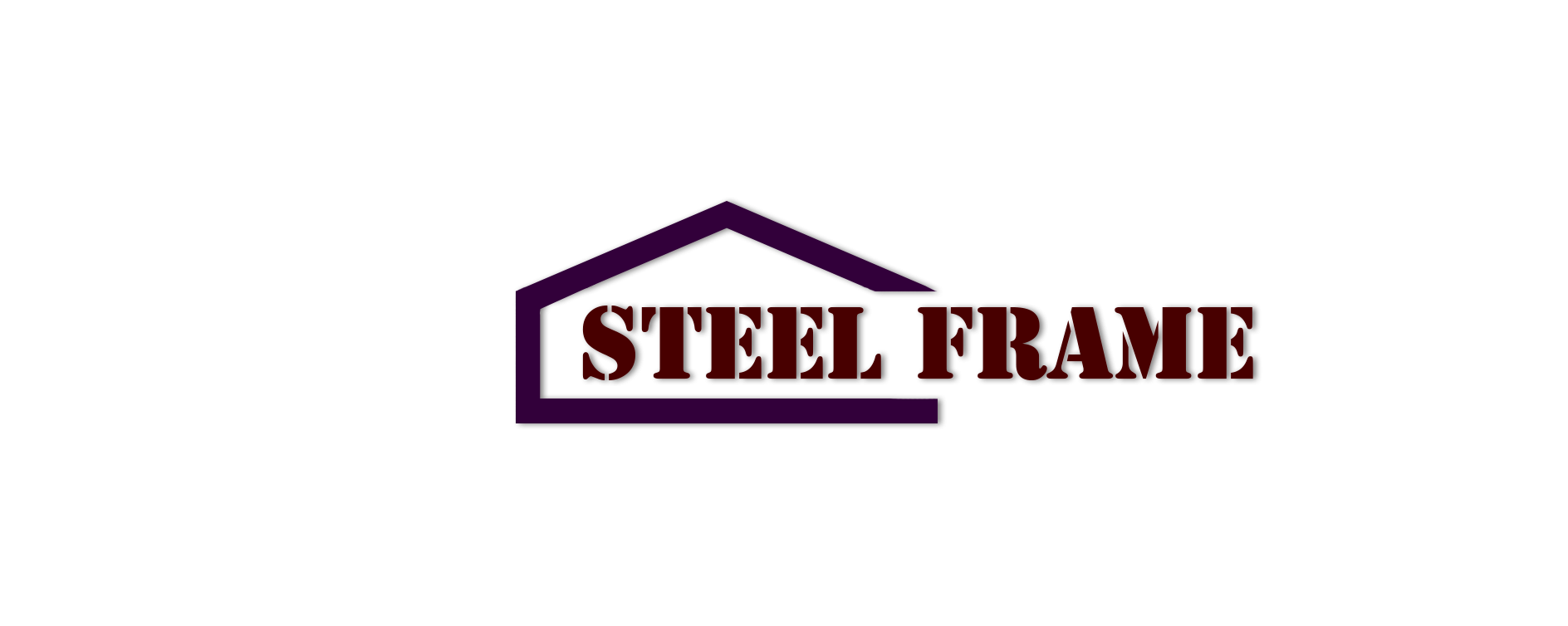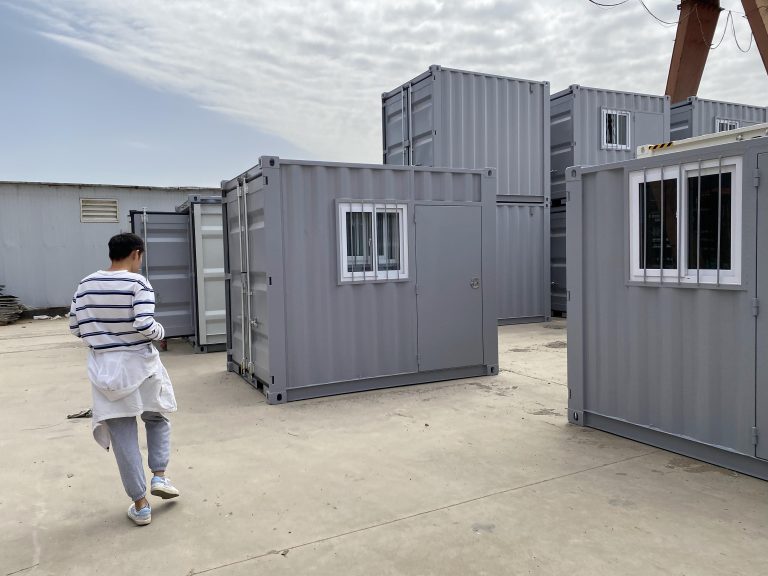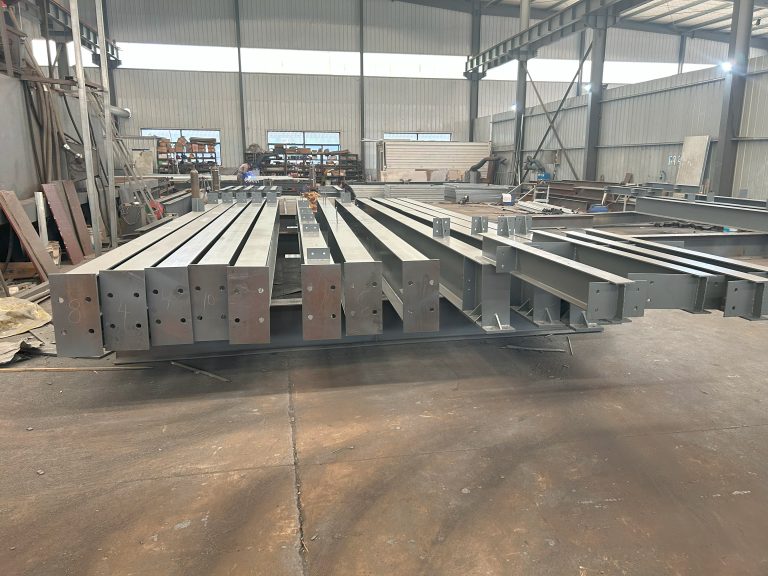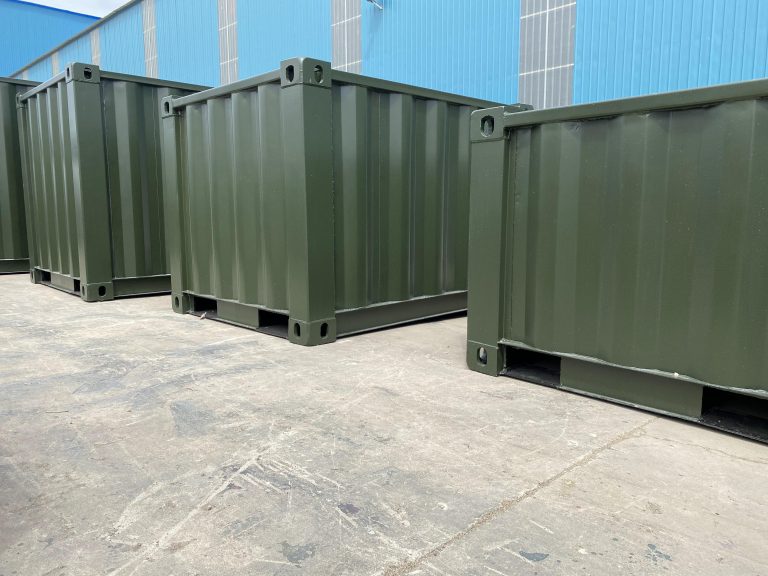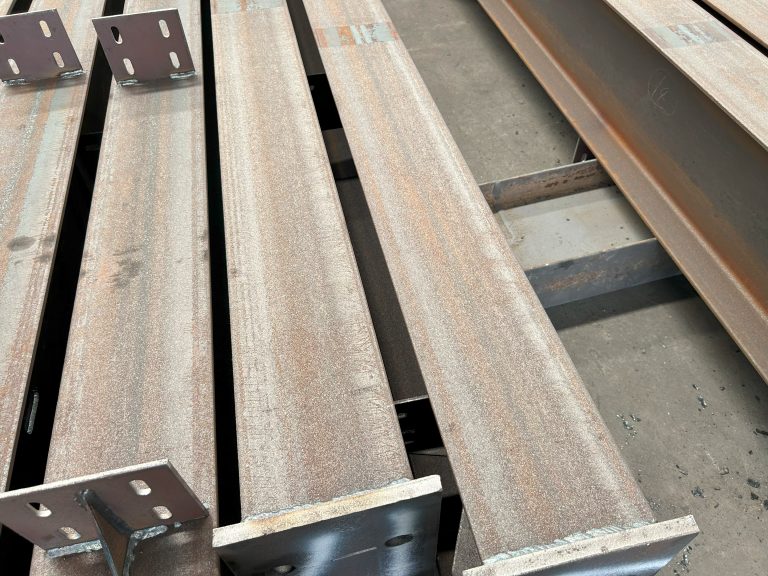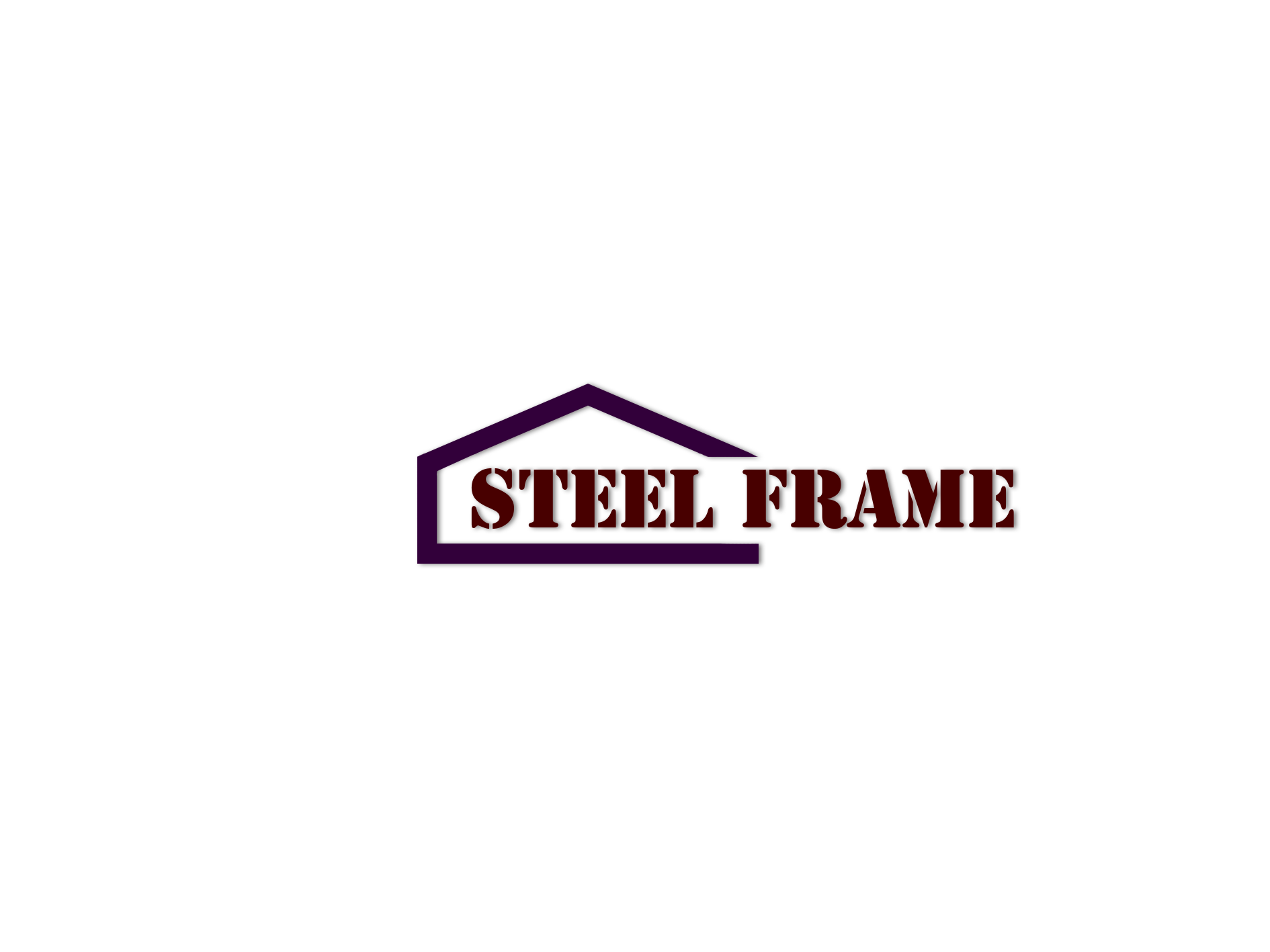Environmental impact assessment of box houses in residential construction
Table of Contents
Benefits of Using Box Houses in Residential Construction for Environmental Impact Assessment
Box houses, also known as prefabricated or modular homes, have gained popularity in recent years as a sustainable and cost-effective alternative to traditional stick-built homes. These homes are constructed off-site in a factory setting and then transported to the building site for assembly. In addition to being quicker to build and more affordable, box houses also have a lower environmental impact compared to traditional construction methods.
One of the key benefits of using box houses in residential construction is their reduced waste generation. Because these homes are built in a controlled factory environment, materials can be optimized and waste minimized. This is in stark contrast to traditional construction, where excess materials often end up in landfills. By reducing waste generation, box houses help to conserve natural resources and reduce the environmental impact of residential construction.
Furthermore, box houses are designed to be energy-efficient, with features such as high-quality insulation, energy-efficient windows, and sustainable building materials. This results in lower energy consumption and reduced greenhouse gas emissions over the lifetime of the home. In a time when climate change is a pressing issue, the energy efficiency of box houses makes them an attractive option for environmentally conscious homeowners.
In addition to their energy efficiency, box houses also have a smaller carbon footprint compared to traditional homes. The manufacturing process of box houses produces fewer emissions than on-site construction, as factories are able to optimize energy use and reduce waste. This means that choosing a box house for residential construction can help to lower overall carbon emissions and mitigate the impact of climate change.
Another environmental benefit of box houses is their potential for water conservation. Many box houses are designed with water-saving features such as low-flow fixtures, rainwater harvesting systems, and greywater recycling. By reducing water consumption, box houses help to conserve this precious resource and lessen the strain on local water supplies.
Furthermore, box houses are often built with sustainable materials such as recycled steel, reclaimed wood, and bamboo. These materials are not only environmentally friendly but also durable and long-lasting, reducing the need for frequent maintenance and replacement. By choosing sustainable materials for construction, homeowners can reduce their environmental impact and contribute to a more sustainable future.
In conclusion, box houses offer numerous benefits for environmental impact assessment in residential construction. From reduced waste generation to energy efficiency, lower carbon emissions, water conservation, and the use of sustainable materials, box houses are a sustainable and eco-friendly option for homeowners. As the demand for sustainable housing continues to grow, box houses are poised to play a key role in reducing the environmental impact of residential construction. By choosing a box house for your next home, you can make a positive impact on the environment and enjoy the benefits of a sustainable and energy-efficient living space.
Challenges and Limitations of Implementing Box Houses in Residential Construction for Environmental Impact Assessment
Box houses, also known as prefabricated or modular homes, have gained popularity in recent years due to their cost-effectiveness, efficiency, and sustainability. These homes are constructed off-site in a factory setting and then transported to the construction site for assembly. While box houses offer numerous benefits, such as reduced construction time and waste, there are also challenges and limitations when it comes to conducting environmental impact assessments for these types of residential buildings.
One of the main challenges of assessing the environmental impact of box houses is the lack of standardized methods and tools for evaluating their sustainability. Traditional construction methods have well-established frameworks for conducting environmental impact assessments, such as life cycle assessments (LCAs) and green building certifications like LEED. However, these frameworks may not fully capture the unique characteristics of box houses, such as their off-site construction process and use of prefabricated materials.
Another limitation is the difficulty in obtaining accurate data on the environmental performance of box houses. Since these homes are manufactured in a controlled factory environment, it can be challenging to track and measure the environmental impacts of the entire supply chain, from raw material extraction to transportation and assembly. Additionally, the lack of transparency and standardized reporting practices among manufacturers can make it difficult to compare the environmental performance of different box house designs and manufacturers.
Furthermore, the variability in design and construction practices among box house manufacturers can also pose challenges for conducting environmental impact assessments. Each manufacturer may use different materials, construction methods, and energy sources, which can result in significant differences in the environmental performance of their products. This variability makes it difficult to develop standardized benchmarks and metrics for evaluating the sustainability of box houses across the industry.
Despite these challenges and limitations, there are opportunities to improve the environmental impact assessment of box houses in residential construction. One potential solution is to develop industry-wide standards and guidelines for conducting environmental impact assessments specific to box houses. These standards could outline best practices for data collection, analysis, and reporting, as well as establish benchmarks for evaluating the sustainability of box house designs.
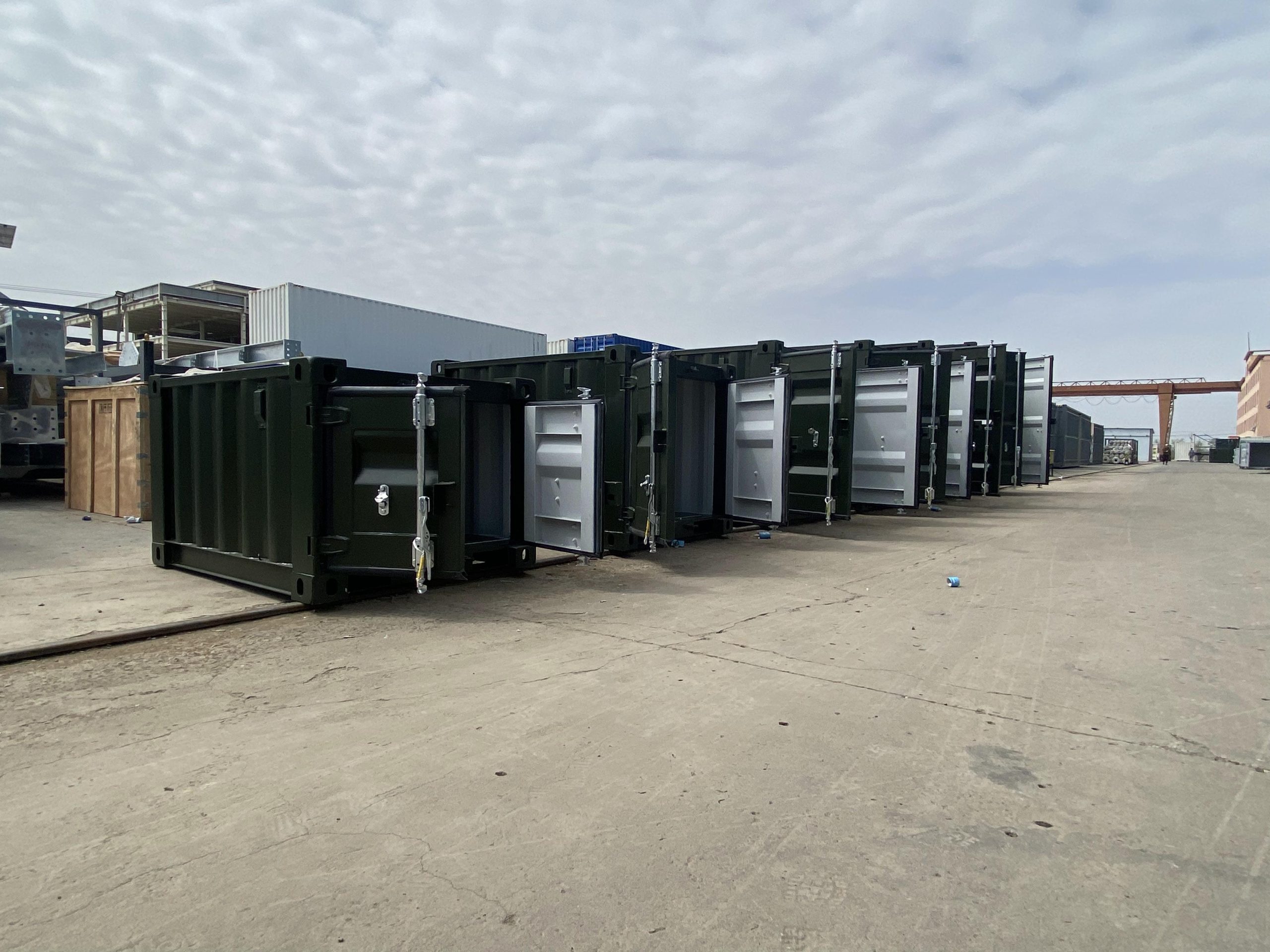
Another opportunity is to leverage emerging technologies, such as building information modeling (BIM) and digital twin simulations, to improve the accuracy and efficiency of environmental impact assessments for box houses. These technologies can help visualize and analyze the environmental performance of box house designs in a virtual environment, allowing for more informed decision-making and optimization of sustainability outcomes.
In conclusion, while there are challenges and limitations in assessing the environmental impact of box houses in residential construction, there are also opportunities for improvement through the development of industry standards, guidelines, and the use of emerging technologies. By addressing these challenges and leveraging these opportunities, we can ensure that box houses continue to be a sustainable and environmentally friendly housing option for the future.
